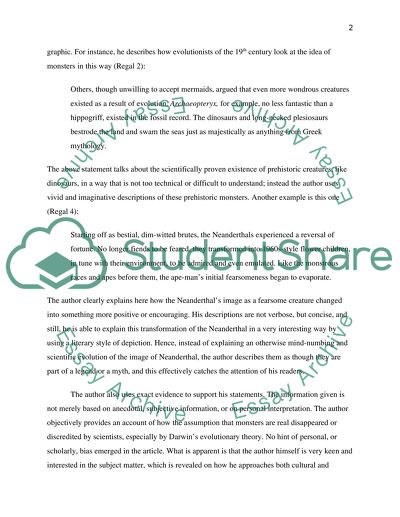Cite this document
(“Discussing Darwins Evolutionary Theory through Using Monsters, Like Research Paper”, n.d.)
Discussing Darwins Evolutionary Theory through Using Monsters, Like Research Paper. Retrieved from https://studentshare.org/humanitarian/1480931-discusse-the-essays
Discussing Darwins Evolutionary Theory through Using Monsters, Like Research Paper. Retrieved from https://studentshare.org/humanitarian/1480931-discusse-the-essays
(Discussing Darwins Evolutionary Theory through Using Monsters, Like Research Paper)
Discussing Darwins Evolutionary Theory through Using Monsters, Like Research Paper. https://studentshare.org/humanitarian/1480931-discusse-the-essays.
Discussing Darwins Evolutionary Theory through Using Monsters, Like Research Paper. https://studentshare.org/humanitarian/1480931-discusse-the-essays.
“Discussing Darwins Evolutionary Theory through Using Monsters, Like Research Paper”, n.d. https://studentshare.org/humanitarian/1480931-discusse-the-essays.


